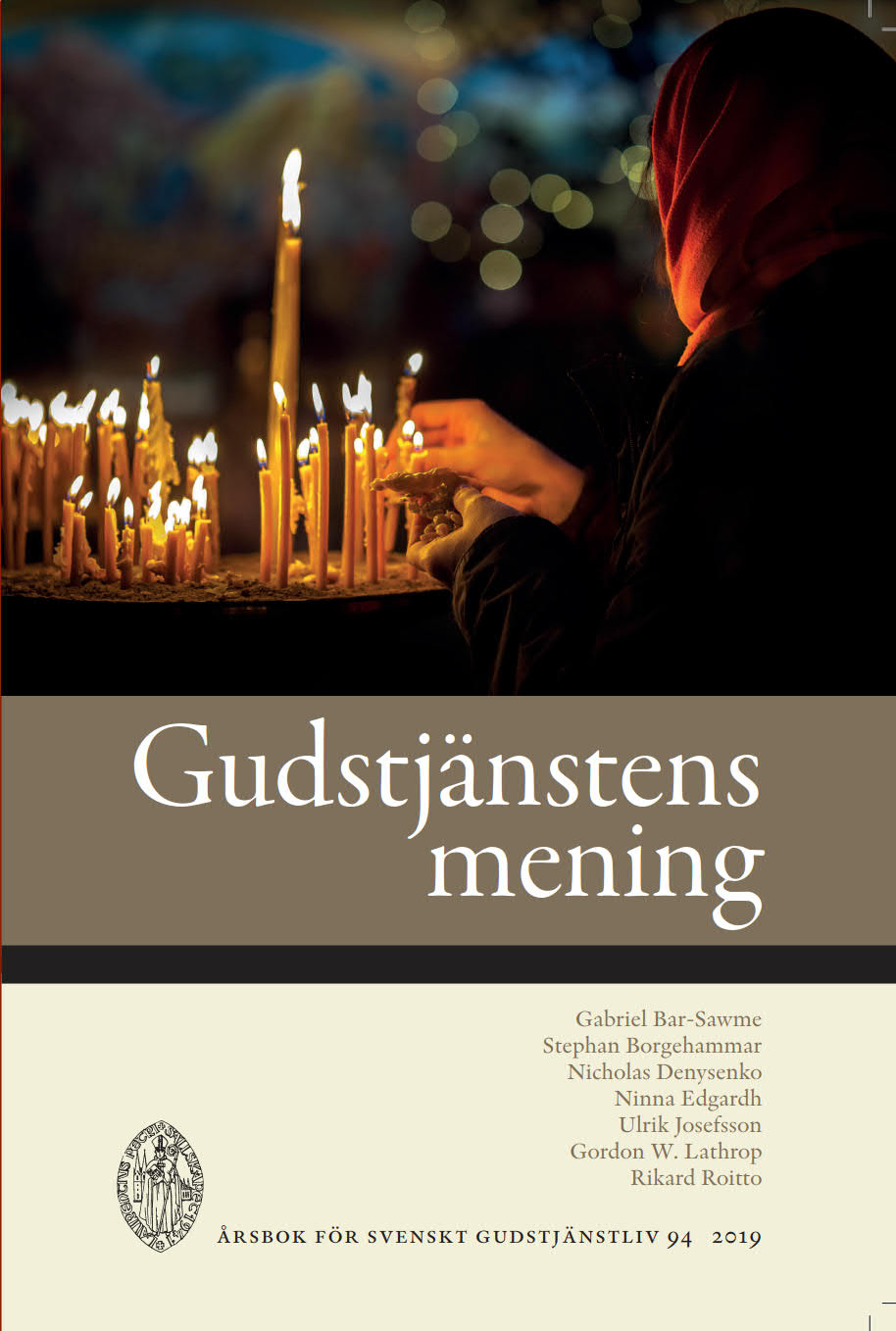Why Do We Need to Think About Ordo?
Abstract
Reflection on the widely shared pattern or shape for the principal acts of Christian worship – on what has been called ordo – offers us several important gifts. It enables and supports a renewed accent on the central matters of that worship, the matters that N. F. S. Grundtvig called “bath, word, prayer, and table,” that Luther called “signs of life” and “marks of the church,” and that both Lutheran confessional writings and contemporary ecumenical liturgical ecclesiologies call “church as assembly around word and sacrament.” These matters can be seen as ordinary and local human practices ritualized to bear the gospel of Jesus Christ. Furthermore, this ordo can become a major tool for organizing materials for liturgical use, planning and leading a liturgy, teaching liturgical practice and meaning, and perceiving ecumenical communion. That communion includes a perception of the links of Christian communities through the ages, especially helped by our seeing the way something like our ordo also plays a role in such classic texts of Christian tradition as the liturgical descriptions found in the writing of Justin Martyr and Tertullian. Finally, however, the most important use of ordo may be as a tool for illuminating liturgical meaning: just as in biblical intertextuality, the juxtaposition of one thing to another – texts and actions – leads us to new meanings. Indeed, ordo is the juxtaposition.
Downloads
Published
Issue
Section
License
© the authors, Laurentius Petri Sällskapet för Svenskt Gudstjänstliv and Artos & Norma Bokförlag. Copying and using material from Svenskt Gudstjänstliv for scholarly purposes is permitted as long as the source is indicated. For other uses, please contact the respective author as well as the publisher. Special restrictions may apply to images.


